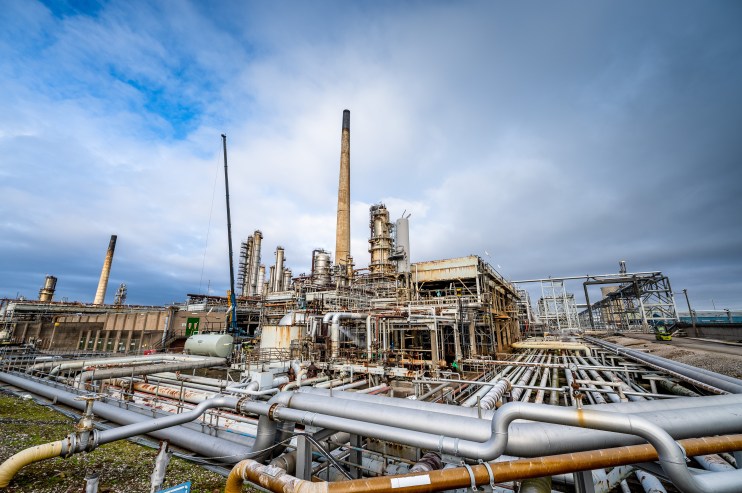Essar unveils £45m plans to build UK’s first refinery-based hydrogen furnace

Essar Oil UK (EOUK) will install a new £45m furnace capable of using hydrogen as its fuel source at its production plant in North West England.
The project is based in Stanlow, which currently supplies 16 per cent of the UK’s motor fuel.
It will be the UK’s first refinery-based hydrogen furnace, and is expected to save nearly 17,000 CO2 tonnes per year – an 11 per cent reduction in the site’s emissions.
The company is hoping to boost its sustainability credentials and the latest announcement follows the launch of its renewable project, Vertex Hydrogen last month.
The scheme is a EOUK-led joint venture, in which the company will invest £1bn over the next five years boosting hydrogen development.
This includes the world’s first and largest blue hydrogen production plant at the Stanlow site, with hydrogen used both by EOUK and distributed to industrial businesses in the region to support their own transition to low carbon, including Tata Chemicals Europe, Encirc, and InterGen.
The scheme, which remains subject to planning approval, consists of decommissioning of three existing furnace. The structures will be replaced with a single, highly efficient furnace, which includes a 70m chimney.
The furnace is currently being fabricated in Thailand.
The largest single module is 26.5 metres long, by 18.5 metres tall, by 14.5 metres and the furnace will be delivered on site almost fully constructed.
EOUK’s chief executive Deepak Maheshwari, said: “We have hugely ambitious plans for Stanlow and are committed to making it the UK’s first low carbon refinery. By affecting a significant and rapid transition to hydrogen, we are securing the long term future of this vitally important national asset whilst also playing a key role in supporting the UK’s plans for building the low carbon economy of tomorrow. We would like to thank our community for its ongoing support of our refinery at Stanlow.”
Set to be installed in 2022, the furnace will become fully operational next year, and from 2026 onwards it will be fuelled by hydrogen produced at Stanlow as part of the HyNet North West decarbonisation cluster.